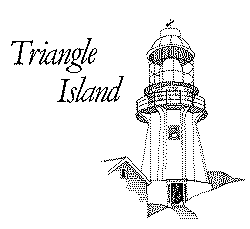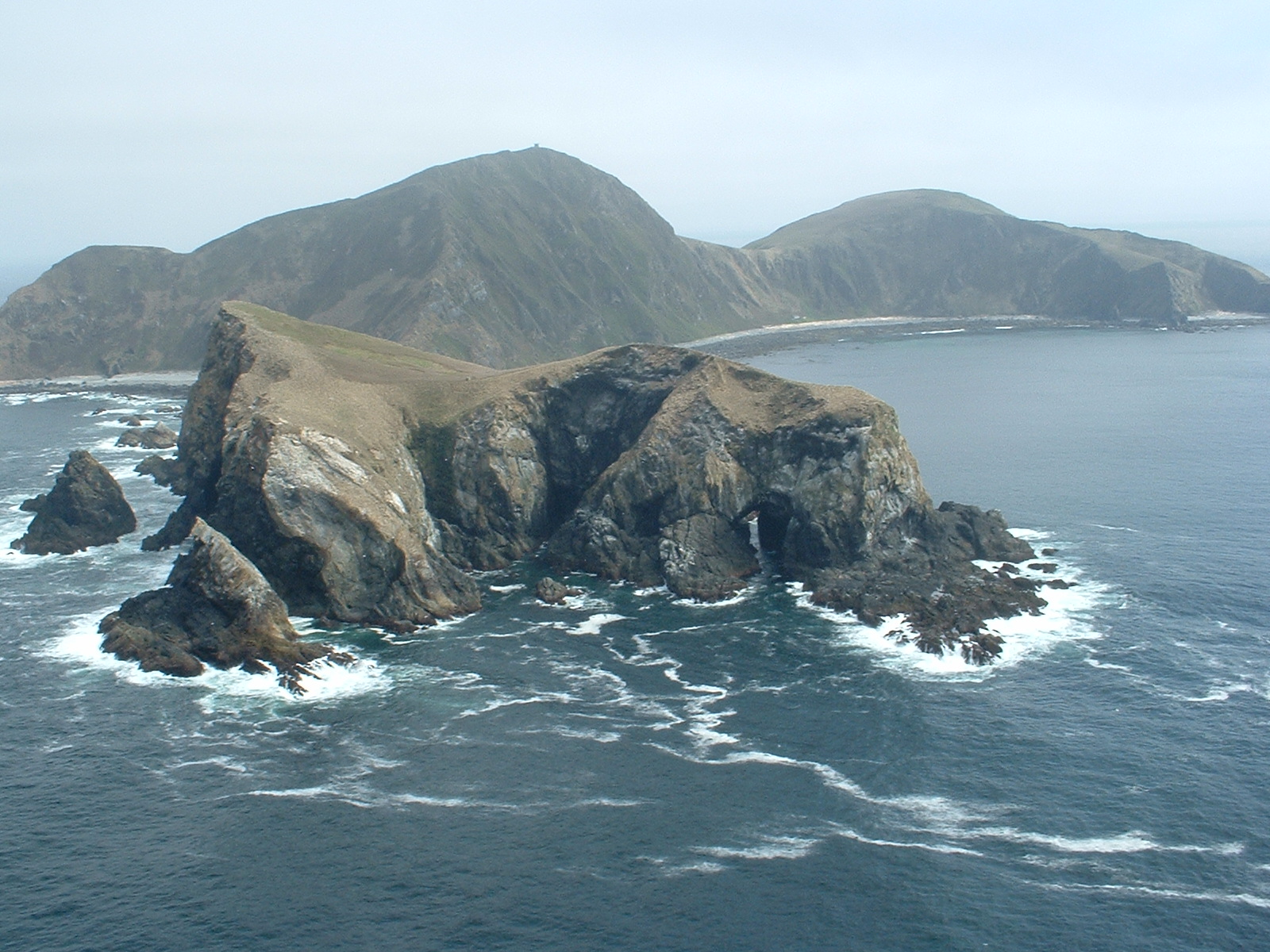|
|
|
 |
|
|
|
Human History of Triangle Island
|
|
|
|
|
|
|
|
Remote, steep-sided, and frequently battered by harsh weather and rough seas, Triangle Island was never inhabited year-round by First Nations' peoples. It was visited in summer, however, because the island and its surrounding waters support a rich diversity of life, and provided skilled people with excellent opportunities to hunt and gather food. A testament to the importance of Triangle Island to its seasonal inhabitants, there is a large midden on the island that contains the bones of many species of marine mammals and birds (including Short-tailed Albatrosses!), as well as seashells of all kinds. The Tlatlasikwala First Nation is considered to be the "Gatekeeper" of all the Scott Islands, including Triangle. |
|
|
| Much later, a lighthouse was erected on the island, with construction completed in 1910. However, life and lightkeeping at Triangle proved nearly impossible. In fact, the top of the island is so high, and so frequently lost in fog, that the light often was not even visible to boats from the sea! A badly failed project, the lighthouse remained active for only ten years before being dismantled. |
|
 |
|
|
 |
Currently, Triangle Island is designated as an Ecological Reserve by British Columbia's provincial government, and human visitation is strictly regulated: permission from the provincial Ministry of the Environment is required before any person can set foot on the island. Crews from the Centre for Wildlife Ecology visit the island and conduct their research under permit from the provincial and federal governments, and provide annual reports on their activities at Triangle Island. |
|
|
|
|
|
|
|
|
|
|
|
|
|

